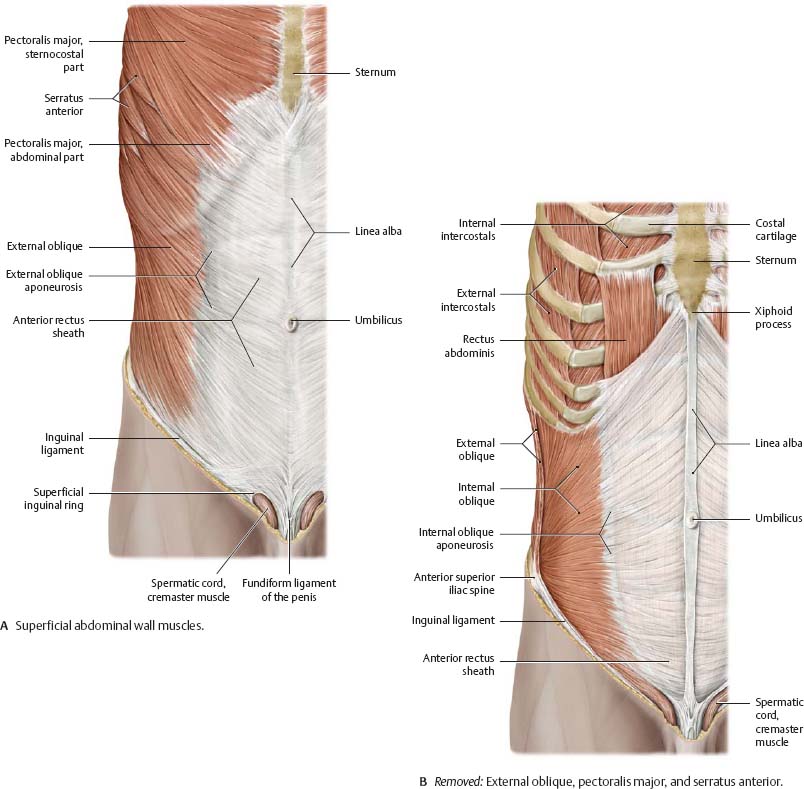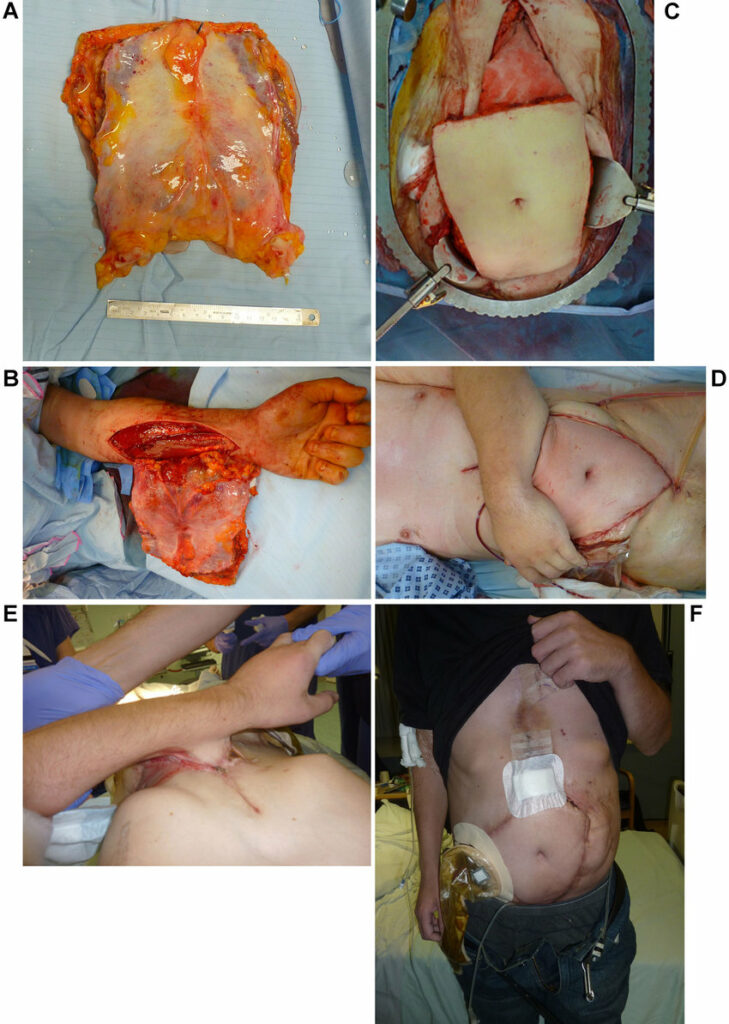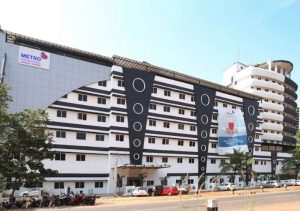Abdominal Wall Transplant
Abdominal wall transplant, on its own, is a very rare procedure that is not often discussed. The reason is not farfetched, and this will be made clear here. We will discuss the abdominal wall, its constituents, anatomy, defects, and surgical transplant. Read More
Top Doctors For Abdominal Wall Transplant Treatments
Top Hospitals For Abdominal Wall Transplant Treatments
Abdominal Wall Transplant
Abdominal wall transplant, on its own, is a very rare procedure that is not often discussed. The reason is not farfetched, and this will be made clear here. We will discuss the abdominal wall, its constituents, anatomy, defects, and surgical transplant.
The Anatomy of the Abdominal Wall

The abdominal wall refers to the muscles covering the abdominal cavity, providing it with coverage and protecting the abdominal organs from injury. It is defined by the xiphoid process and costal muscles superiorly, inferiorly by the pubic bones, and the inguinal ligaments. The abdominal wall is a complex structure that consists of, from superficial to deep, the skin, the superficial fascia, the muscles, the transverse fascia, and the peritoneum. The lateral abdominal muscles include the external and internal obliques and the transverse abdominal muscles. The anterior abdominal muscles include the rectus abdominus and the pyramidalis muscles. The abdominal wall is supplied by the epigastric arteries and is innervated by the thoraco-abdominal nerves.
What is the function of the abdominal wall?
They have numerous vital functions:
- They help with essential body functions like urinating, sneezing, vomiting, coughing, etc.
- They help to secure and protect the internal organs like the stomach, intestines, liver, etc.
- They help to maintain the internal abdominal pressure
- They support the spine and body when sitting, standing, bending, exercising, etc.
- They help to maintain the anatomical position of various abdominal organs.
What are the problems that can affect the abdominal wall?
Some of the problems that can affect the abdominal wall can range from congenital issues to acquired ones, and their diagnosis is usually apparent on physical examination. Some of the pathologies include:
Congenital – urachal anomalies which arise from incomplete obliteration of the embryonic connection between the urinary bladder and the allantoic duct. This gives rise to a spectrum of anomalies which include: patent urachus, urachal cyst, urachal sinus, and urachal diverticulum.
Traumatic – trauma to the rectus sheath results in a hematoma which presents with acute abdominal pain and a palpable mass. This is usually due to the rupture of the epigastric vessels and the tearing of the rectus muscle fibers. It is usually self-limiting, and the bleeding eventually tamponades itself.
Inflammatory – cellulitis or abscess of the abdominal wall presents with focal tenderness, overlying erythema, fever, and leukocytosis. This infection is usually due to the disruption of skin, an invasion of the skin, and invasion from either local flora or exogenous bacteria. Abscesses can also arise from post-operative or post-traumatic processes; they can also arise suddenly as an extension of an intra-abdominal process like Crohn’s disease.
Neoplastic – lipomas are benign tumors that resemble normal fat; they can arise in any body region that contains fat. Neurofibromas are benign neoplasms composed of Schwann cells and a network of collagen fibers presenting most commonly in neurofibromatosis Type 1 or 2.
What is an abdominal wall transplant?
This is an alternative to primary abdominal wall closure in intestinal and multiple organ recipients. Given that it is feasible to obtain a visceral graft and abdominal wall graft from the same donor, an abdominal wall transplant can then offer satisfactory outcomes. Non-vascularised fascia is one of the alternatives for abdominal wall closure transplantation. Abdominal wall transplantation is an option to consider for patients with multiple previous surgeries and no alternative for primary abdominal wall repair.
What is the procedure?
Abdominal wall transplant is a rare procedure that has only been done in about 50 instances in the world. The technique for this transplant involves removing and transplanting the peritoneum and tendon from the donor’s abdominal wall into the receiver. It helps to prevent an open abdomen after an organ transplant surgery has been done. It is not aesthetic but a necessary surgery for patients undergoing multiple organ transplants. The technique is usually done on patients who have undergone multiple abdominal surgeries and those who need an intestinal or multivisceral transplant, that is, patients who simultaneously need a new stomach, pancreas, small intestine, and liver. This procedure is very rare and is usually done once or twice a year.

































